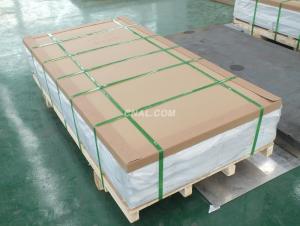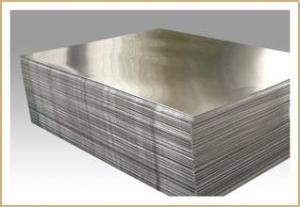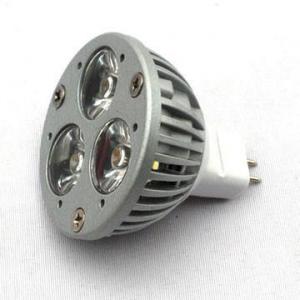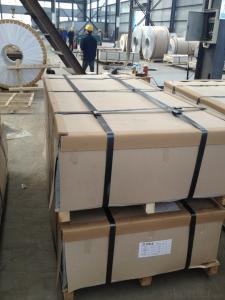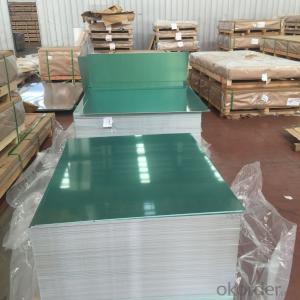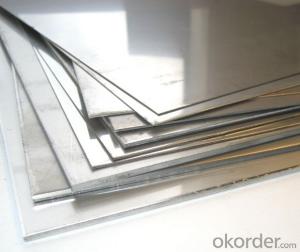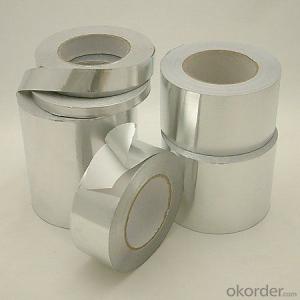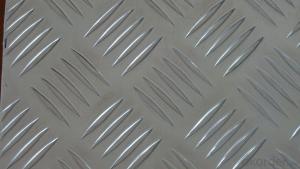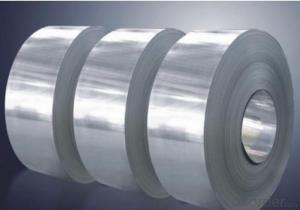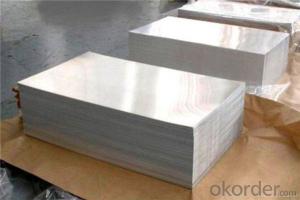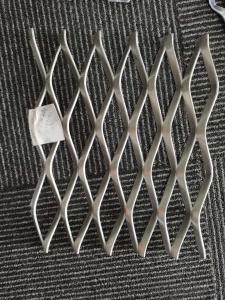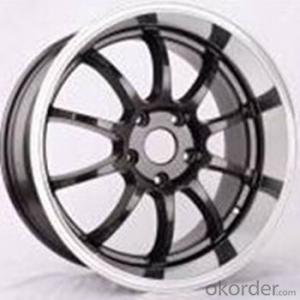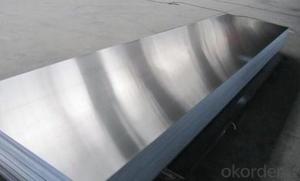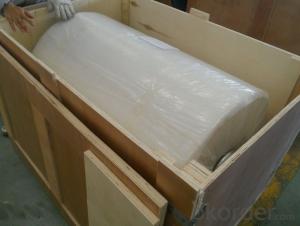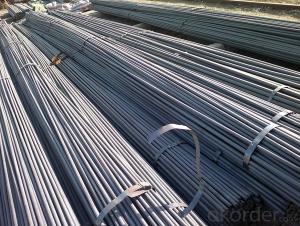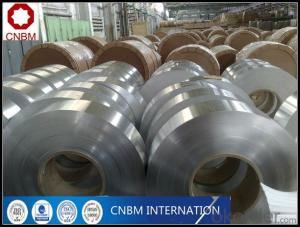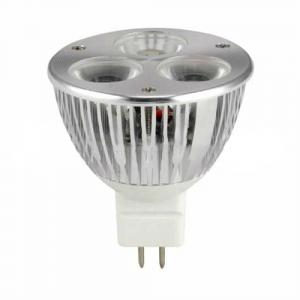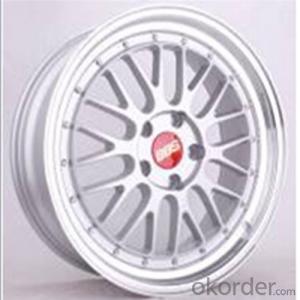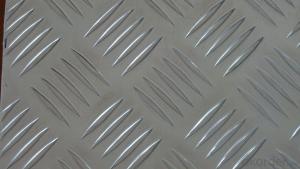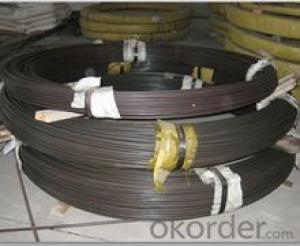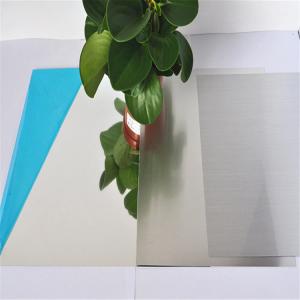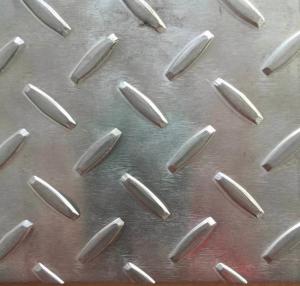3/16 Aluminum Plate
3/16 Aluminum Plate Related Searches
Aluminum 3/16 Plate 3/16 Inch Aluminum Plate 3/16 Thick Aluminum Plate Aluminum Plate 3/16 Thick 3/16 Diamond Plate Aluminum 3/16 Aluminum Diamond Plate 3 16 Aluminum Plate Bending 3/16 Aluminum Plate 1/16 Aluminum Plate 3 16 Inch Aluminum Plate 3/16 Aluminum Plate 4x8 3/16 Aluminum Plate Weight 3/8 Aluminum Plate 5/16 Aluminum Plate Weight Of 3/16 Aluminum Plate 7/16 Aluminum Plate Bending 3 16 Aluminum Plate 3/16 Aluminum Plate Near Me 3 16 Aluminum Diamond Plate 3/8 In Aluminum Plate 3 16 Diamond Plate Aluminum 3/8 Thick Aluminum Plate 3mm Aluminum Plate 1 16 Aluminum Plate Aluminum Plate 3/8 Thick 3/8 Inch Aluminum Plate 3/4 Aluminum Plate 1/16 Diamond Plate Aluminum 3/16 Aluminum Plate 5052 4x8 3/16 Aluminum Diamond Plate3/16 Aluminum Plate Supplier & Manufacturer from China
3/16 Aluminum Plate, a versatile and durable material, is widely used in various industries for its strength and lightweight properties. This product is available in different grades, such as 6061, 6063, and 5052, each offering unique characteristics to suit specific requirements. The 3/16 Aluminum Plate is ideal for applications in construction, aerospace, automotive, and marine industries, where high strength-to-weight ratios and corrosion resistance are essential. Its ability to withstand harsh environments and maintain structural integrity makes it a popular choice for a multitude of usage scenarios.Okorder.com is a reputable wholesale supplier of 3/16 Aluminum Plate, offering a vast inventory to cater to the diverse needs of customers across different sectors. With a commitment to quality and customer satisfaction, Okorder.com ensures that the 3/16 Aluminum Plate provided is of the highest standard, meeting industry specifications and requirements. By partnering with Okorder.com, customers can benefit from competitive pricing, reliable supply, and excellent service, making it a preferred choice for sourcing 3/16 Aluminum Plate.
Hot Products

